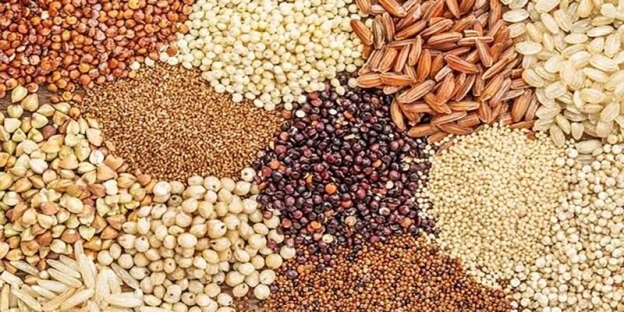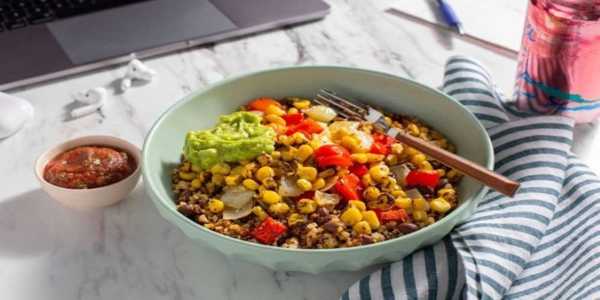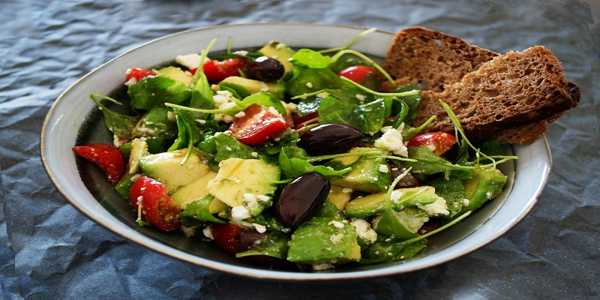How Can You Make Comfort Food Healthier? Try These Smart Tweaks
Do you ever crave your favorite comfort food but hesitate because of all the extra calories? What if you could still enjoy mac and cheese, fried chicken, or lasagna without pushing your daily intake through the roof? Good news—you actually can. The secret is in smart swaps, simple tweaks, and cooking methods that let you hold onto the flavor while letting go of unnecessary fats and sugars. Here’s how to enjoy lighter comfort food that still hits the spot.
What Are The Smartest Ingredient Swaps?
One of the easiest ways to lighten up comfort food is by switching out high-calorie ingredients for lower-calorie alternatives—without sacrificing too much taste or texture.
Replace Cream With Greek Yogurt Or Pureed Veggies
A cup of heavy cream can add over 800 calories to a recipe. You can swap it for plain Greek yogurt, which still gives you creaminess with extra protein and far fewer calories. Blended cauliflower or butternut squash also works well in creamy soups or pasta sauces.
Use Whole Grains Instead Of Refined
When making mac and cheese or casseroles, go for whole wheat pasta or brown rice. These provide fiber, which helps you feel full with less. They also help stabilize blood sugar compared to white rice or regular pasta.

Choose Leaner Proteins
Substitute fatty ground beef with lean ground turkey or chicken. You can also bulk up meals with lentils, beans, or tofu to cut down on saturated fat.
Swap Oil For Broth Or Applesauce
In baked goods, applesauce can take the place of oil to keep moisture without the fat. In savory dishes, try sautéing vegetables in low-sodium broth rather than butter or oil.
Can You Still Get a Crispy Texture Without Deep Frying?
Yes—and it can taste just as satisfying. One of the biggest calorie culprits in comfort food is deep frying. But with a few techniques, you can keep the crispy texture without submerging food in oil.
Try Baking With A Crunchy Coating
For crispy chicken or fish, coat it in crushed whole grain cereal or panko breadcrumbs, then bake at a high temperature. Spraying a light mist of oil on top before baking helps the crust brown and crisp.
Use An Air Fryer
This tool circulates hot air to crisp the surface of food. You can make fries, nuggets, or even mozzarella sticks with only a fraction of the oil usually required.
Go For Toasted Toppings
Casseroles often use buttered breadcrumbs or cheese layers for a crispy topping. Instead, sprinkle on a mix of crushed almonds, oats, or lightly toasted seeds for crunch without the grease.
How Do You Keep The Flavor When Lowering Fat Or Sugar?
Cutting calories doesn’t mean cutting flavor. You just need to build it in different ways.
Use Spices And Herbs Generously
Chili powder, garlic, smoked paprika, rosemary, thyme—these are your best friends in making lower-calorie food taste great. Fresh or dried, they help layer flavor so you don’t miss the extra fat.
Add A Dash Of Umami
When you cut back on cheese or meat, adding umami-rich ingredients like mushrooms, tomato paste, miso, or soy sauce can boost the savory depth of a dish.
Brighten With Acidity
A squeeze of lemon, a splash of vinegar, or a spoonful of mustard can lift the flavor of a dish without any extra fat or sugar.
What Are Some Examples Of Lighter Comfort Food Recipes?
Making comfort food healthier doesn’t mean you have to completely reinvent the dish. Here are a few ideas that show how easy it is to trim down favorites.
Lighter Mac And Cheese
Use a blend of low-fat milk and pureed cauliflower as the base. Add a small amount of sharp cheddar for flavor. Use whole grain pasta and top with a crunchy whole wheat breadcrumb layer.

Turkey Meatloaf
Skip the breadcrumbs and use oats. Swap full-fat beef with lean ground turkey. Add chopped veggies like carrots and bell peppers to keep it moist.
Cauliflower Mashed “Potatoes”
Steam cauliflower and blend it with garlic, Greek yogurt, and a little Parmesan. It’s creamy and comforting, but much lower in calories and carbs than traditional mashed potatoes.
Vegetable Lasagna
Layer grilled zucchini and eggplant instead of pasta sheets. Use part-skim ricotta and a homemade tomato sauce for a hearty but lighter version.
How Can You Make Comfort Food More Filling Without Extra Calories?
A common mistake is thinking smaller portions are the only way to cut calories. But that can leave you hungry and reaching for snacks later. The key is to bulk up meals with low-calorie, high-volume ingredients.
Add Extra Vegetables
Whether it’s a stew, casserole, or pasta dish, you can often double the amount of veggies without affecting flavor. Zucchini, mushrooms, spinach, and bell peppers are especially versatile.
Use Beans And Lentils
These add fiber and protein that help fill you up. Add lentils to chili or black beans to enchiladas. They're budget-friendly and nutritious.
Serve With A Salad Or Soup
Starting with a clear soup or green salad (with a light dressing) helps fill you up with fewer calories, so you naturally eat less of the main dish.
Should You Watch Serving Sizes Too?
Yes, even with healthier ingredients, portion control matters. Large servings of low-fat versions can still pile on calories. Try using smaller plates and bowls. Take a moment to check if you're still hungry. Slow eating helps your body register fullness better.
Getting More From Comfort Food Without Giving Up On It
Comfort food doesn’t need to be off-limits. With just a few changes in how you cook, what ingredients you choose, and how much you eat, you can still enjoy the warm, satisfying meals you love without overloading on calories.
You don’t have to give up cheesy casseroles, hearty stews, or baked treats. You just have to approach them with a bit more intention and a few new habits. That way, your plate stays comforting—but it’s also balanced, lighter, and better for your everyday health.





